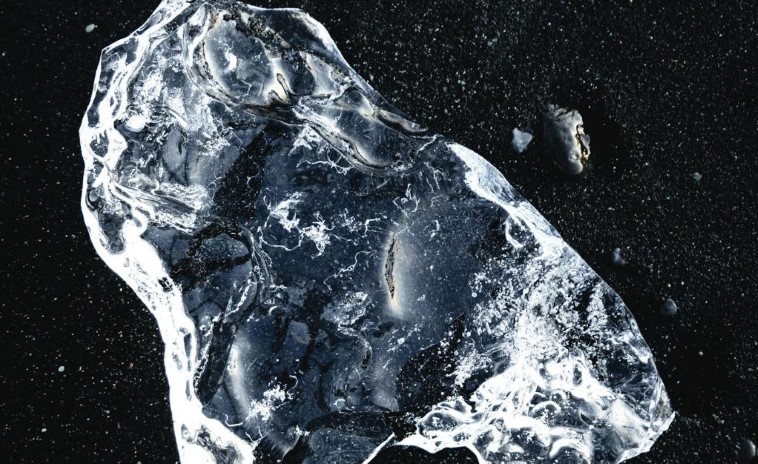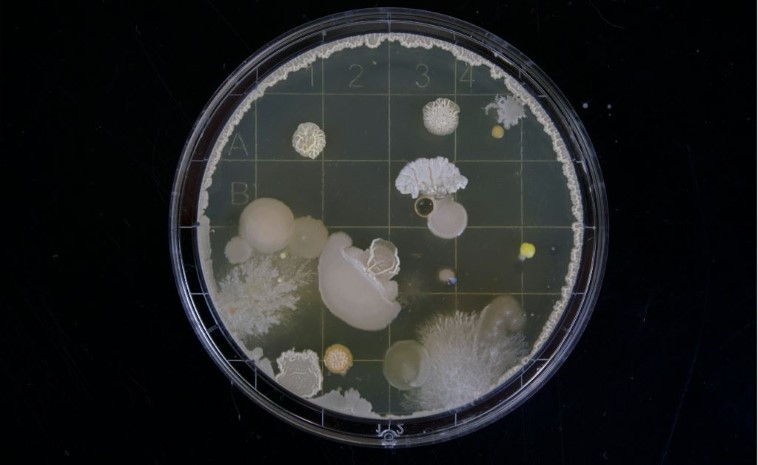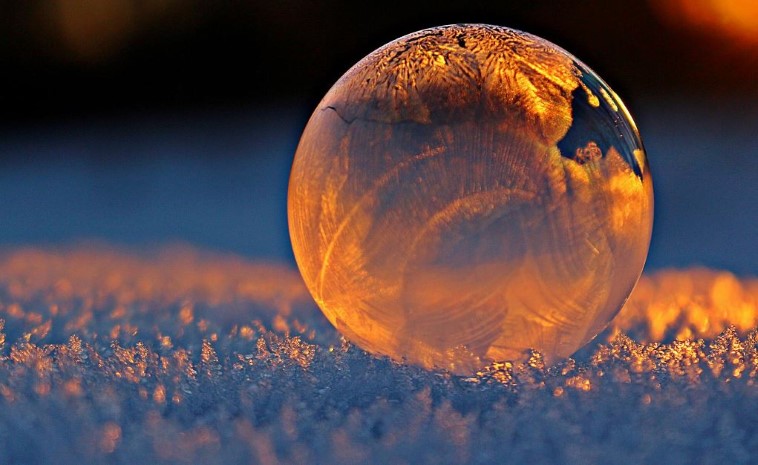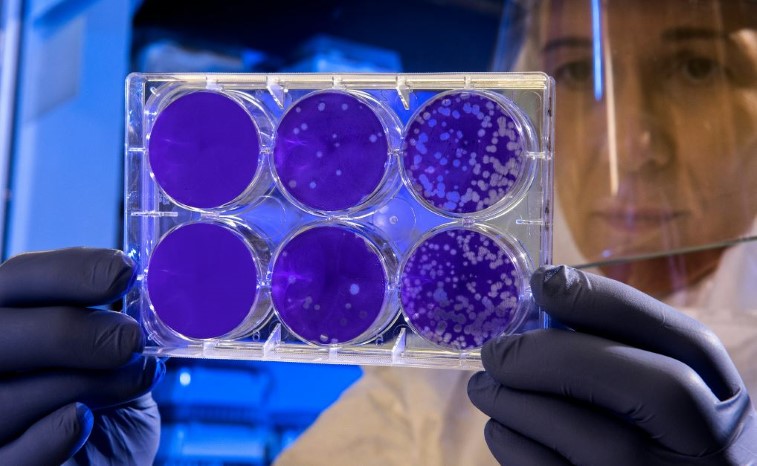Proof that life on this planet is truly resilient

When talking about climate change, it is always mentioned that due to not taking care of our home planet, we will gradually lead it to destruction. So, we ask the question – are there, perhaps, different forms of life here on Earth, with a stronger DNA suited for extreme survival? If so, could they make it in space?
Well, let’s start by saying that the planet is not overly concerned about whether people will have sufficient oxygen in the atmosphere, whether the temperature will be a few degrees higher or lower, and in the end which species will inhabit it.
If the conditions for life change as a result of the ice age cycle that Milanković talked about or due to our influence, we may not be able to survive as a species, but there are those who will.
Extremophiles
Simply put, these are organisms that live in extreme conditions. They are divided into several types, mainly depending on their specific ability to survive where others cannot.
Most of them are microbes, and what is most interesting, such organisms do not live in a struggle with hostile conditions for life, but simply enjoy and are best suited to extreme conditions. Some of them even need several extreme conditions to be met to reproduce at all.

Organisms that can withstand the highest temperature are called thermophiles, but they themselves are divided into several levels of endurance. The most extreme thermophiles feel best at temperatures above 80 degrees, and a good example are methane-producing bacteria or, say, sulfur-dependent bacteria. Their upper endurance limit is around 110 degrees Celsius.
There are also those who do better at low temperatures. Most of the oceanic water on the planet barely exceeds a few degrees above zero and yet it is inhabited. Lake Vostok under the Antarctic ice with a temperature of -3 is also a habitat for some microbes.
When it comes to pressure, it is known that even very small changes in air pressure bother people. What we call normal pressure is 1 atmosphere or 1013 millibars. Japanese scientists found a snail-fish in the ocean at a depth of 8336 m. The pressure at this depth is about 800 atmospheres, so eight hundred times higher than the one acceptable to us.

The enemy of most of the living world is increased radiation. Back in the fifties of the twentieth century, the bacterium Deinococcus radiodurans was discovered, which can withstand up to 5,000 times more radiation than that which is lethal to humans.
This bacterium can survive in desert sand or rock, which are conditions that have a complete absence of moisture and constant UV radiation from the Sun, making it impossible for anything to survive in them.
Deinococcus has a perfect mechanism for repairing its own DNA, which is destroyed by radiation. Special repair enzymes remove the damaged DNA structure and replace the fragment with the original base sequence. For these reasons, this bacterium is often the subject of research and can open the door to regenerative medicine.
Lack of oxygen? No problem.
Anaerobic organisms are certainly one of the most important for us, i.e. those that do not need oxygen. Such organisms can even have a negative reaction or die in the presence of oxygen.
Today, scientists agree that the first living organisms mostly resembled today’s fermentative bacteria that transform carbohydrates and amino acids for energy. They were later succeeded by photosynthetic bacteria capable of using light energy to form organic matter from carbon dioxide.

But it’s important to mention that not only plants and unicellular organisms are representatives of this group. There are also some more complex species, such as marine worms, or a recently discovered type of parasite that lives in salmon that does not need oxygen to live.
Another species from the “I don’t need oxygen” family are sulfur bacteria that get their energy from the oxidation of sulfide or elemental sulfur to sulfate. For almost all other species, such an environment would mean certain death.
Revival of frozen species
That life on earth is really tenacious is best proven by microorganisms that can survive frozen for several thousand or even millions of years. A Japanese team of scientists found just such a type of microbe, as old as 100 million years, at the bottom of the South Pacific, and after incubation they came to life.
However, the most complex organism that came to life after such a long hibernation is a rotifer that was found in the Siberian region of Yakutia in 24,000-year-old permafrost. A rotifer is a multicellular microscopic animal that lives in fresh water and has existed for about 50 million years.

Unlike bacteria, these organisms have a nervous system, brain and other organs. After thawing, they successfully began to feed, reproduce through parthenogenesis (asexual reproduction) creating their own clones, i.e. genetic duplicates.
The condition these rotifers were in for 24 millennia is called cryptobiosis. They therefore stop their metabolism and accumulate certain compounds such as the chaperone protein which, when conditions improve and they come out of cryptobiosis, helps them recover. Rotifers also have mechanisms to repair DNA damage and to protect cells from harmful molecules.
Could such life forms thrive outside Earth?
Certainly, as the dominant and most intelligent species on the planet, we have a human-centric view of life and that’s how we also see our planet. However, some species that are better adapted to extreme living conditions were here before us and will probably survive after we are gone.

In light of this fact, some current research in the solar system, such as rovers on Mars, or future probes that would break through the ice on Saturn’s and Jupiter’s satellites, will possibly give us the answer if such capable and resilient life forms are present elsewhere.
Or is Earth perhaps privileged in that way? We’ll have to leave this question for future generations to be answered.

